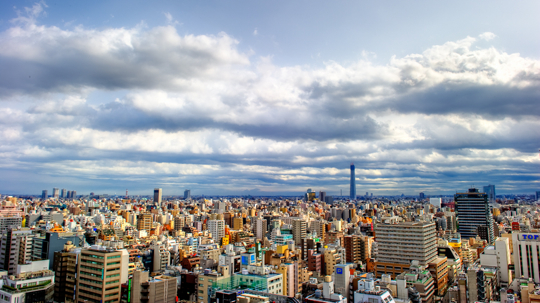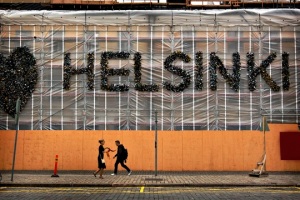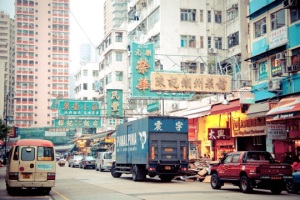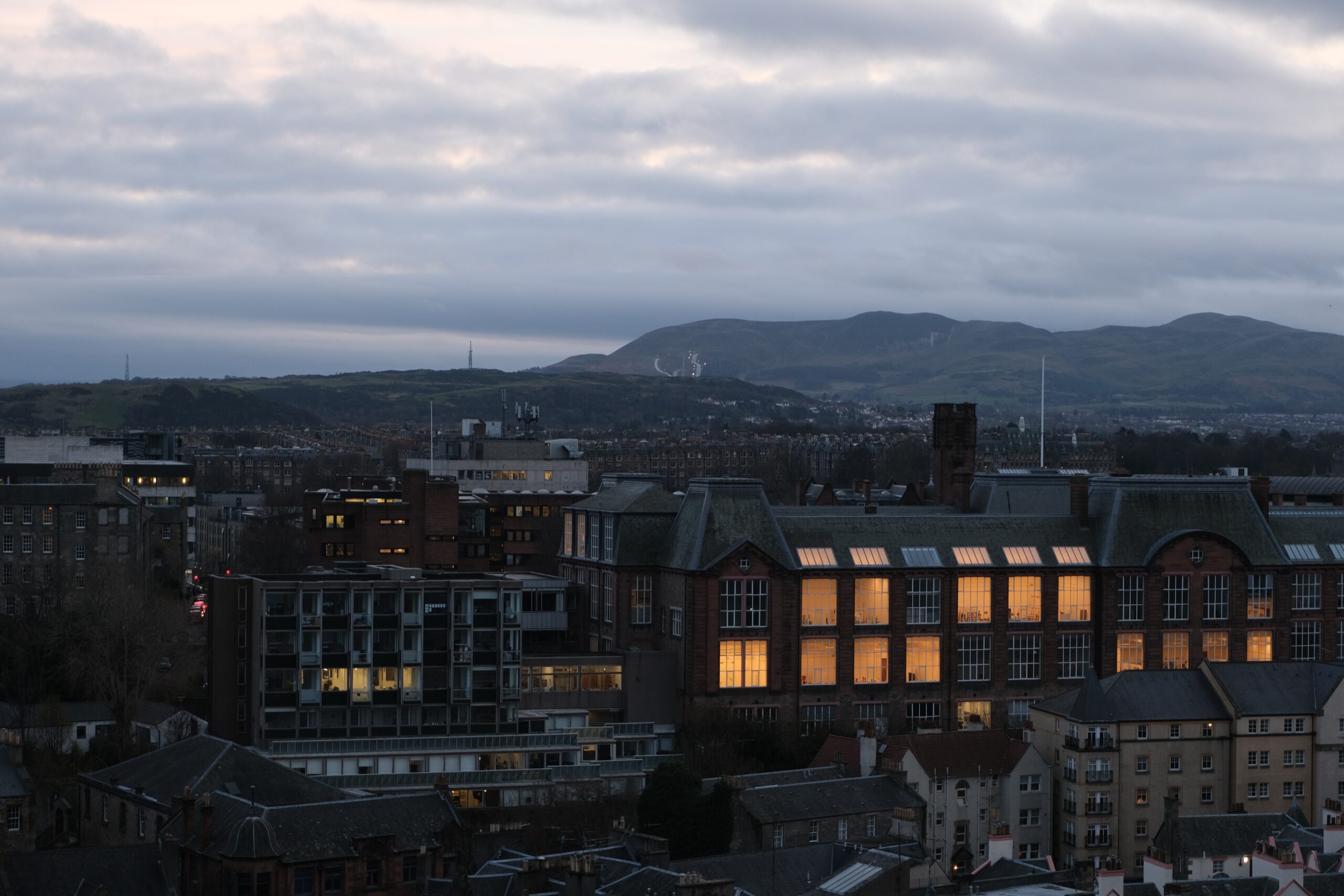In the cacophony of city rankings that inundate the media, a critical question lingers: Do these assessments truly serve the needs and values of the people inhabiting these urban landscapes, or do they primarily cater to a global elite with a penchant for globe-trotting and luxury living?

Monocle magazine’s latest city ranking prompted me to ponder the genuine value of such assessments. George Carothers, in his [polis] discussion, questions the metrics that underpin these rankings, emphasizing the divide between the perspectives of jet-setting global elites and the day-to-day realities faced by urban residents.
The competitive spirit inherent in human nature fuels our fascination with rankings, whether it be educational institutions vying for top spots or countries assessed on their “human development” capabilities. Cities, too, are not exempt from this phenomenon, with rankings attempting to establish which ones are the most economically competitive, livable, or creatively vibrant.

However, as scholars strive to formulate a science of ranking cities, the practical utility of these endeavors remains dubious. The repeated notion that metropolises like New York, London, and Tokyo reign supreme in the global city hierarchy often feels detached from the lived experiences of the diverse individuals populating these cities.
Recent research suggests that this relentless city competition exacerbates disparities. The influx of major businesses into supposedly more competitive cities results in a brain drain as skilled labor migrates, leaving struggling cities grappling with economic instability and an unappealing image. The social polarization within these touted “global cities” further compounds the challenges, creating stark gaps between the affluent and the disadvantaged, even within the same urban landscape.

Monocle magazine’s recent endeavor to rank cities based on “quality of life” adds another layer to this complex narrative. While the criteria may intrigue aspiring urbanites, the question of the true significance of placing cities on a scale from Helsinki to Seattle remains elusive. Does such a ranking render a city like Toronto, which didn’t make the cut, “unlivable”? Should the residents of New York, also absent from the ranking, contemplate a move to the supposedly more “livable” Hong Kong?
The familiar tale of winners and losers emerges from these rankings, presenting a simplistic narrative that does little to contribute meaningfully to the improvement of urban conditions. In challenging the usefulness of rankings, scholars like Ananya Roy and Jennifer Robinson highlight the limitations of this approach. Yet, even as scholarly discourse leans away from the allure of “global cities,” the cities themselves continue to buy into this seemingly nonsensical rhetoric.

Why should Mumbai feel compelled to compete with the “world-classness” of Shanghai? In the end, the winner-loser paradigm only perpetuates an unproductive cycle, leaving neither city in a significantly improved state. As we engage in these ranking conversations, it’s imperative to question their true impact on the cities we seek to understand and improve.





